Mathematics
Learning mathematics creates opportunities for and enriches the lives of all Australians. The Australian Curriculum: Mathematics provides students with essential mathematical skills and knowledge in number and algebra, measurement and geometry, and statistics and probability. It develops the numeracy capabilities that all students need in their personal, work and civic life, and provides the fundamentals on which mathematical specialties and professional applications of mathematics are built.
Mathematics has its own value and beauty and the Australian Curriculum: Mathematics aims to instil in students an appreciation of the elegance and power of mathematical reasoning. Mathematical ideas have evolved across all cultures over thousands of years, and are constantly developing. Digital technologies are facilitating this expansion of ideas and providing access to new tools for continuing mathematical exploration and invention. The curriculum focuses on developing increasingly sophisticated and refined mathematical understanding, fluency, reasoning, and problem-solving skills. These proficiencies enable students to respond to familiar and unfamiliar situations by employing mathematical strategies to make informed decisions and solve problems efficiently.
The Australian Curriculum: Mathematics ensures that the links between the various components of mathematics, as well as the relationship between mathematics and other disciplines, are made clear. Mathematics is composed of multiple but interrelated and interdependent concepts and systems which students apply beyond the mathematics classroom. In science, for example, understanding sources of error and their impact on the confidence of conclusions is vital, as is the use of mathematical models in other disciplines. In geography, interpretation of data underpins the study of human populations and their physical environments; in history, students need to be able to imagine timelines and time frames to reconcile related events; and in English, deriving quantitative and spatial information is an important aspect of making meaning of texts.
The curriculum anticipates that schools will ensure all students benefit from access to the power of mathematical reasoning and learn to apply their mathematical understanding creatively and efficiently. The Mathematics curriculum provides students with carefully paced, in-depth study of critical skills and concepts. It encourages teachers to help students become self-motivated, confident learners through inquiry and active participation in challenging and engaging experiences.
- Plus Plan
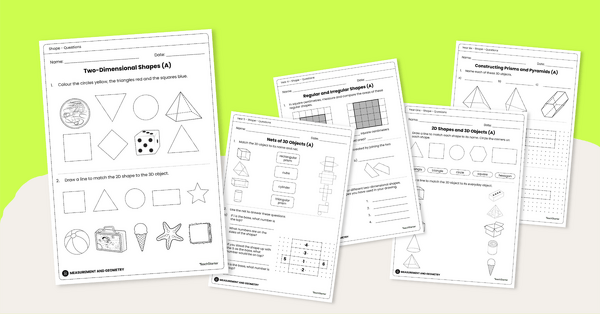
Shape Worksheet Sets (Foundation to Grade 6 Level)
Use these levelled worksheets sets with your primary school students to explore 2D shapes and 3D objects!
- Plus Plan
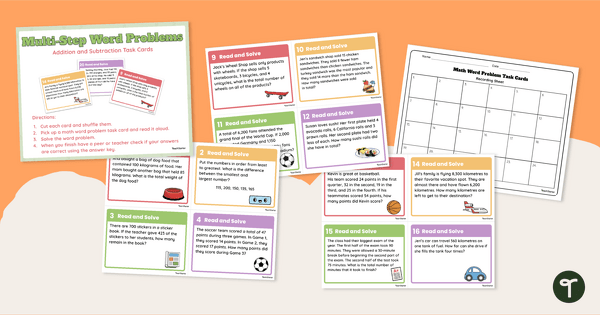
Multi-Step Addition and Subtraction Word Problem Cards – Middle Primary
Solve multi-step addition and subtraction word problems with a set of printable maths task cards.
- Plus Plan
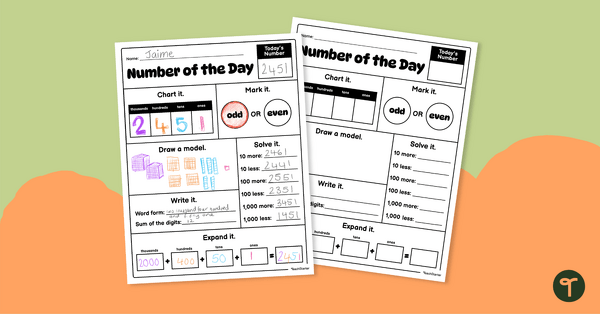
Number of the Day Worksheet
Explore 4, 5, and 6-digit numbers using this number of the day worksheet with your students.
- Plus Plan
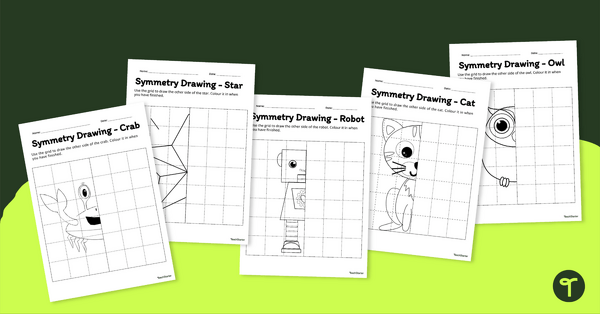
Symmetry Drawing Worksheet Pack
Teach your students about symmetry using this series of drawing worksheets where they must copy an image symmetrically using grid lines for reference.
- Plus Plan
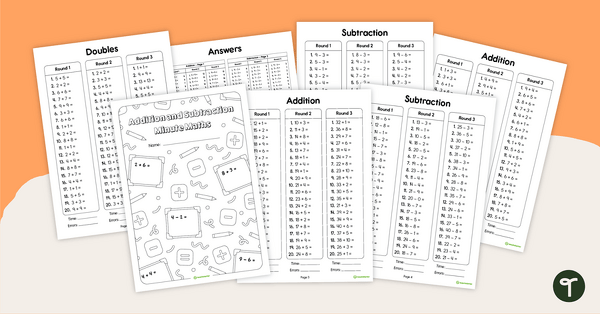
Addition and Subtraction Minute Maths Booklet
A maths warm-up booklet with ten pages of addition and subtraction questions.
- Plus Plan
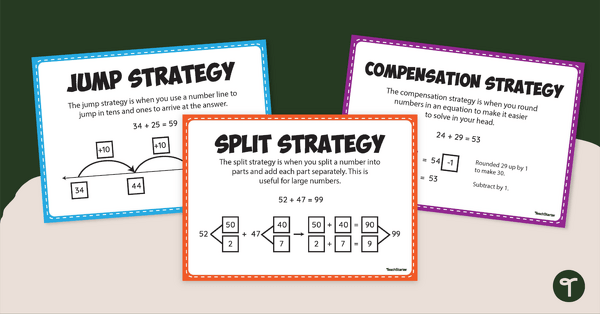
Double-Digit Addition Strategies Posters
Remind your students to use different addition strategies with a set of printable two-digit addition strategies.
- Free Plan
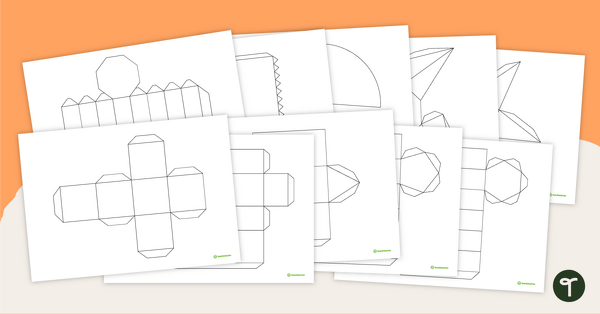
Nets of 3D Objects
Create a variety of 3D shapes with this comprehensive set of net templates.
- Plus Plan
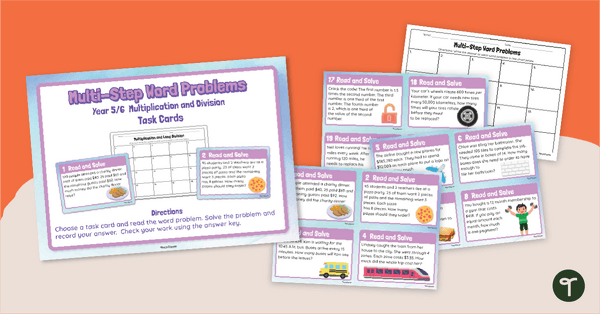
Multi-Step Word Problem Cards (Division and Multiplication) - Year 5-6
Solve multi-step multiplication and long division word problems with a set of printable maths task cards.
- Plus Plan
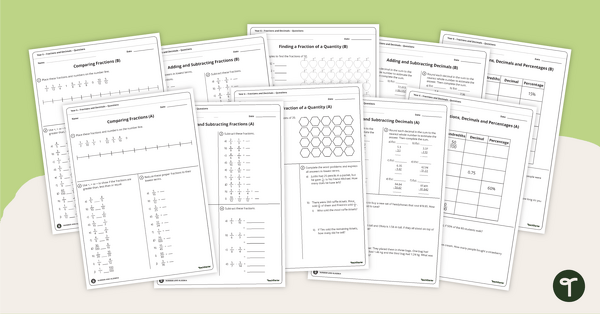
Year 6 Fractions, Decimals and Percentages Worksheets
Use these fractions, decimals and percentages worksheets in your Year 6 classroom for independent practice or as an assessment activity.
- Plus Plan
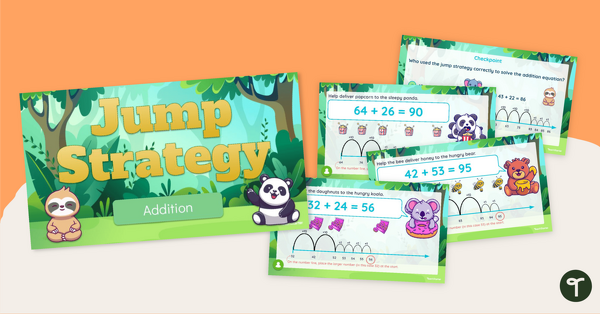
Addition on a Number Line - Jump Strategy Slide Deck
Model adding two-digit numbers with regrouping using a number line and the jump strategy with a handy instructional slide deck.
- Plus Plan
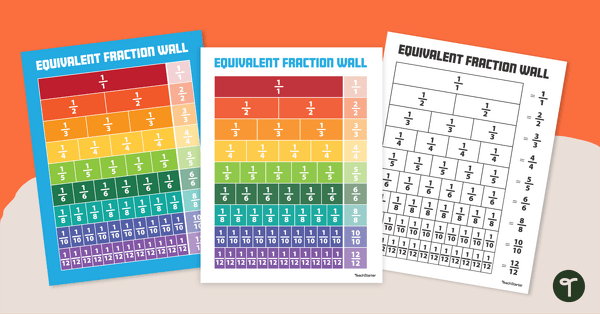
Equivalent Fraction Wall Poster
Guide students to develop an understanding of fractions with the same value by using an equivalent fractions chart in your classroom.
- Free Plan
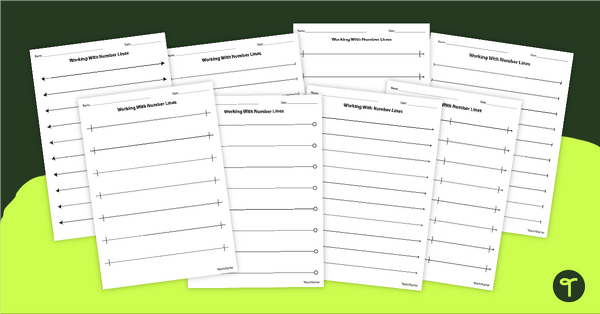
Blank Number Lines - Printable
Print a set of open number lines to help you teach a variety of maths skills.
- Plus Plan
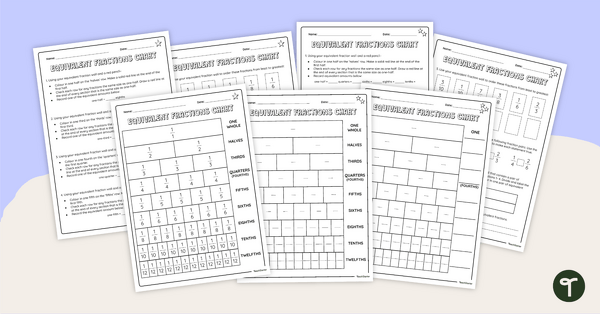
Equivalent Fractions Chart – Differentiated Worksheets
Use a fraction wall to practise finding equivalent fractions and comparing fractions with this set of differentiated worksheets.
- Plus Plan
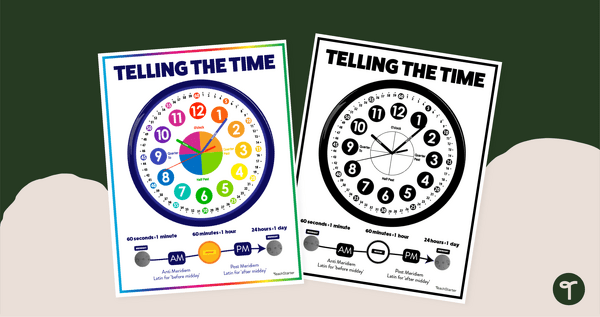
Telling the Time Poster
Help your students learn to tell the time to the hour, half-hour, quarter, and minute with a printable Telling the Time anchor chart PDF.
- Plus Plan
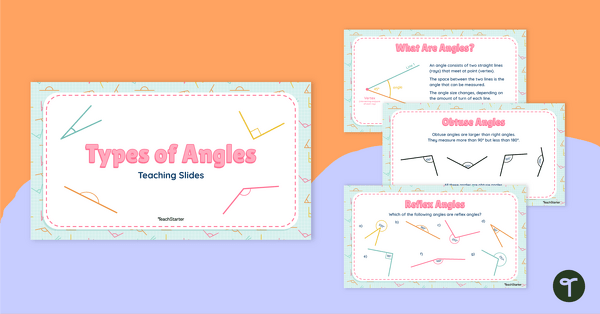
Types of Angles Teaching Slides
Teach your students about the six main angle types with this teaching presentation perfect for primary school maths lessons.
- Plus Plan
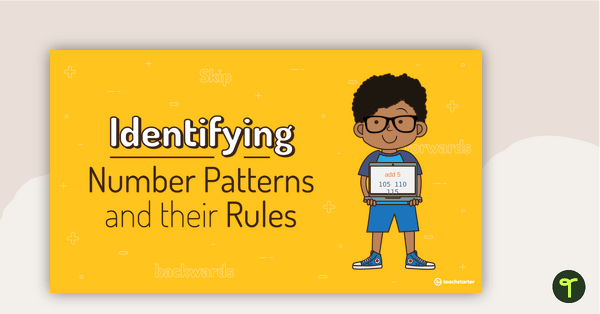
Identifying Number Patterns and their Rules PowerPoint
A 15 page editable PowerPoint to use in the classroom when introducing number pattern rules.
- Plus Plan
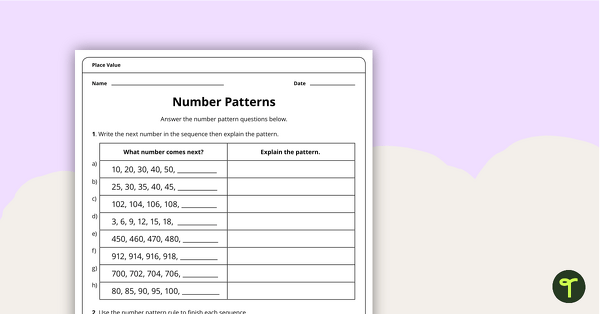
Number Patterns - Worksheet
A place value worksheet to use when completing number patterns.
- Plus Plan
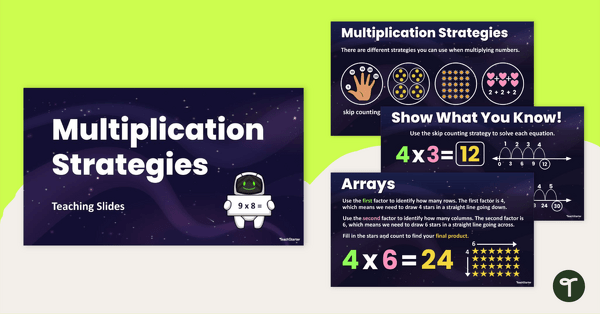
Introduction to Multiplication Strategies Teaching Slides
Introduce your students to different multiplication strategies such as arrays, equal groups, repeated addition and skip counting with this 34-page slide deck.
- Plus Plan
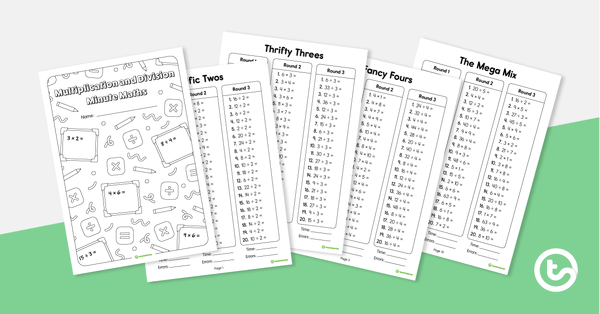
Multiplication and Division Minute Maths Booklet
A maths mentals booklet with ten pages of multiplication and division questions.
- Plus Plan
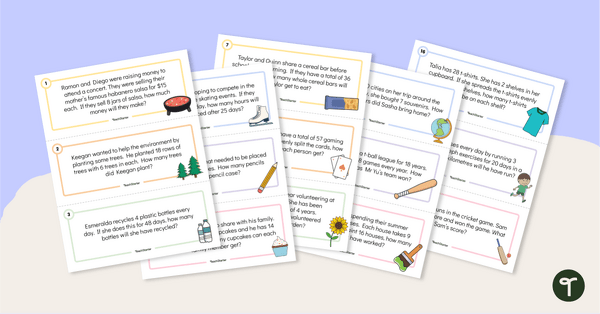
Multiplication and Division Word Problems Task Cards (2-Digit by 1-Digit)
Use a range of strategies to solve 2-digit by 1-digit multiplication and division problems that exceed the facts of the 12 times tables.
- Plus Plan
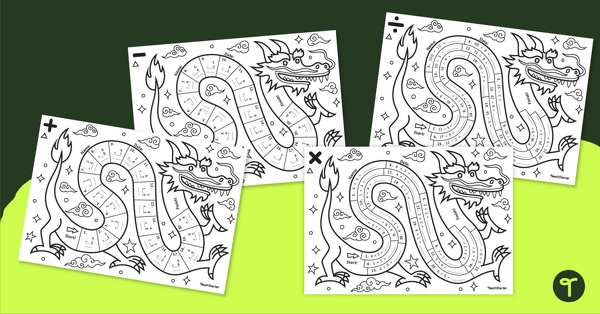
Dominate the Dragon – Mental Maths Worksheets
Capture your students' interest in maths drills for all four operations with these fun dragon-themed differentiated maths worksheets.
- Free Plan
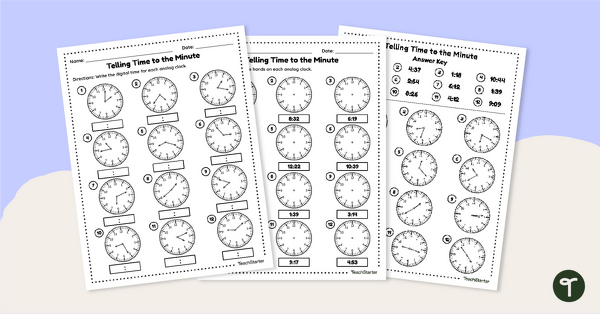
Free Telling Time to the Minute Worksheets
A worksheet for telling time to the minute and converting between analogue and digital times.
- Plus Plan
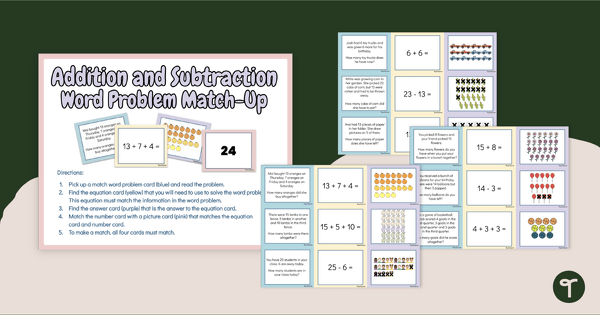
Addition and Subtraction Word Problems - Match Game
Practise reading, modelling, and solving addition and subtraction word problems with a matching activity.
- Plus Plan
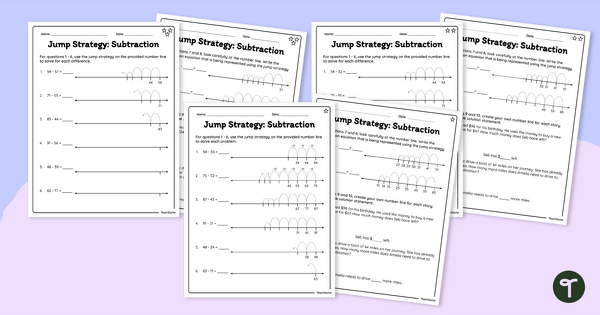
Jump Strategy: Subtraction on a Number LIne – Worksheets
Practice subtracting two-digit numbers with regrouping using a number line and the jump strategy with a pack of differentiated worksheets.
- Free Plan
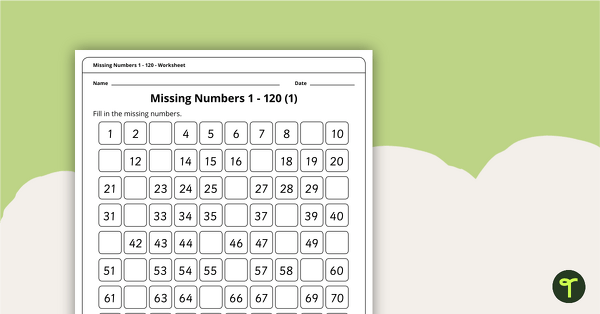
1–120 Number Charts With Missing Numbers
A set of 5 worksheets with missing numbers from 1–120.
- Plus Plan
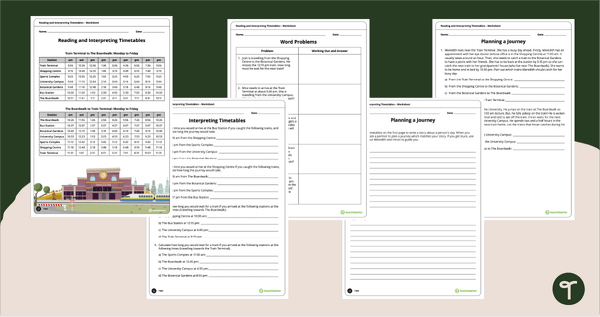
Reading and Interpreting Timetables Worksheets
Five pages of worksheets that allow students to work on reading and interpreting timetables.
- Free Plan
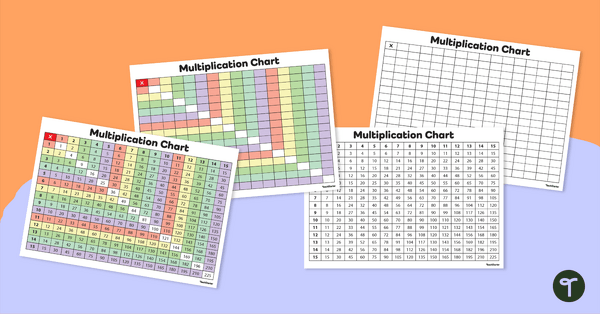
Multiplication Chart
Print a handy multiplication chart for your students — it's free for teachers!
- Plus Plan
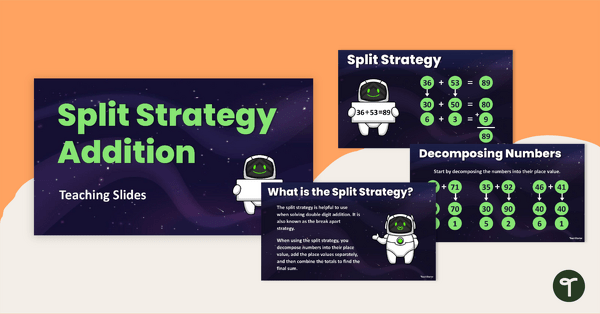
Split Strategy Teaching PowerPoint
Learn all about the split strategy with this teaching PowerPoint.
- Plus Plan
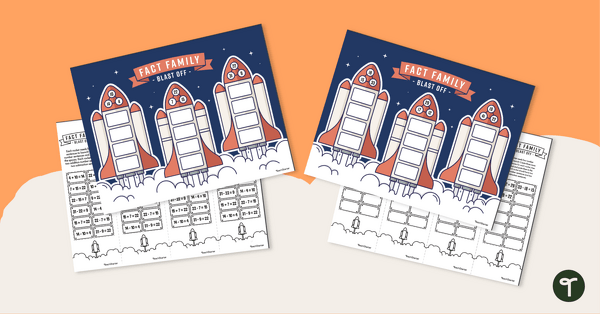
Fact Family Maths Blast Off - Addition and Subtraction
Demonstrate an understanding of addition and subtraction fact families with a fun cut and sort activity.
- Plus Plan
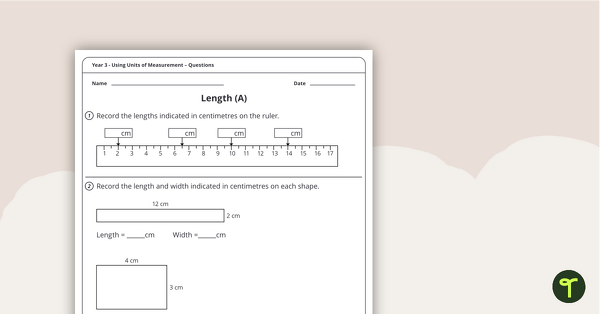
Year 3 Using Units of Measurement Worksheets Bundle
Download year 3 worksheets for using units of measurement that are linked to the Australian Curriculum.
- Free Plan
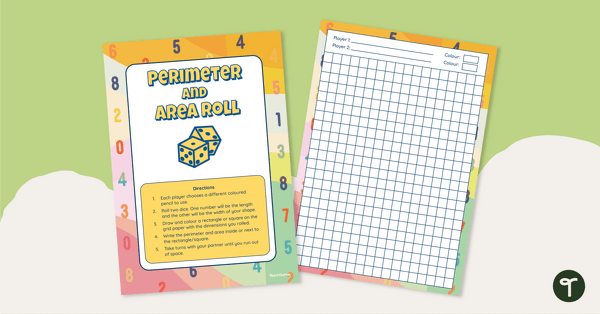
Perimeter and Area Dice Game
Use this area and perimeter dice game as a pair activity during your maths lessons on measurement.
- Plus Plan
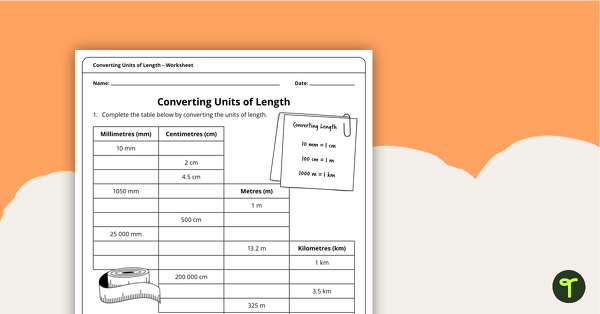
Converting Units of Length – Worksheet
Connect decimal representation while converting units of length with this worksheet.